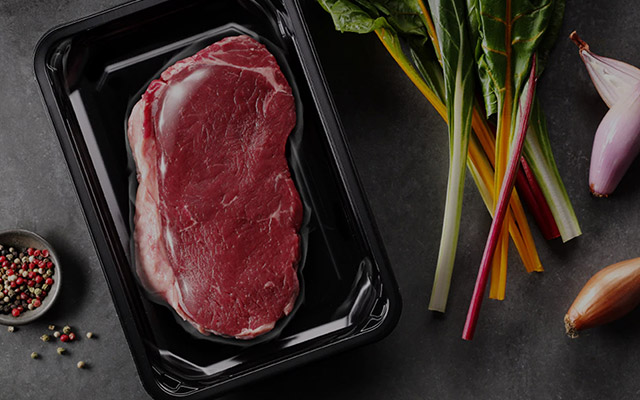How to address concerns about the potential health risks of using Plastic Plate Bowl to serve hot food or liquids?
Addressing concerns about the potential health risks of using plastic plates and bowls to serve hot food or liquids involves several key steps. Here's how you can address these concerns effectively:
1.Use BPA-Free Plastic:
Utilize advanced manufacturing techniques to produce plastic plates and bowls that are entirely free of Bisphenol A (BPA) and other harmful chemicals. Investing in research and development for alternative materials or coatings can ensure the elimination of these substances from your products, assuring consumers of their safety.
2.Ensure Microwave-Safe and Dishwasher-Safe Products:
Rigorously test your plastic plates and bowls under various conditions to certify their microwave and dishwasher safety. Clearly label the products with standardized symbols indicating their suitability for these appliances. Regularly conduct quality assurance tests to maintain consistency and uphold safety standards.
3.Quality Assurance:
Establish stringent quality control protocols throughout the manufacturing process. Implement measures such as spectroscopic analysis and material integrity testing to guarantee that the plastic used in your plates and bowls is of superior quality and does not release harmful substances, especially when exposed to heat.
4.Compliance with Regulations:
Stay abreast of evolving international and local regulations governing food contact materials. Ensure that your products comply with all relevant standards and certifications. Regularly audit your manufacturing processes to align with the latest regulatory requirements and guarantee the safety of your plastic plates and bowls.
5.Educate Consumers:
Develop comprehensive user manuals and packaging inserts that provide clear instructions on the safe usage of your plastic plates and bowls. Include detailed guidelines on temperature limits, proper handling techniques, and suitable food types to prevent burns or accidents. Utilize infographics and online resources to disseminate this information widely.
6.Avoid Extreme Temperatures:
Clearly communicate to consumers that plastic plates and bowls should not be used for extremely hot foods or liquids. Recommend allowing hot contents to cool down slightly before serving in plastic containers. Provide temperature guidelines to inform users of the appropriate range for safe usage.
7.Promote Alternatives:
Diversify your product range to include alternatives such as glass or ceramic plates and bowls for customers seeking non-plastic options, particularly for hot foods. Clearly differentiate these products in your marketing materials to cater to a broader customer base and address varying preferences.
8.Transparent Communication:
Foster transparent communication with consumers by clearly stating the composition of your plastic plates and bowls. Highlight any certifications received from regulatory authorities or independent testing agencies. Maintain an updated website and product packaging with this information to enhance transparency and build trust.
9.Continuous Research and Development:
Allocate resources to ongoing research and development efforts aimed at finding safer plastic alternatives or innovative technologies that enhance the heat resistance of plastic materials. Collaborate with material scientists and engineers to explore cutting-edge solutions, ensuring your products remain at the forefront of safety and innovation.
10.Engage with Health Experts:
Collaborate with reputable health experts, nutritionists, and food safety specialists to validate the safety of your plastic plates and bowls. Seek endorsements or testimonials from these professionals, showcasing their expertise to provide consumers with additional assurance regarding the suitability of your products for hot foods and beverages.
Vaccum skin packed tray, for your premium food, extends shelflife up to 21 days while mantain flavor.

Post Comment